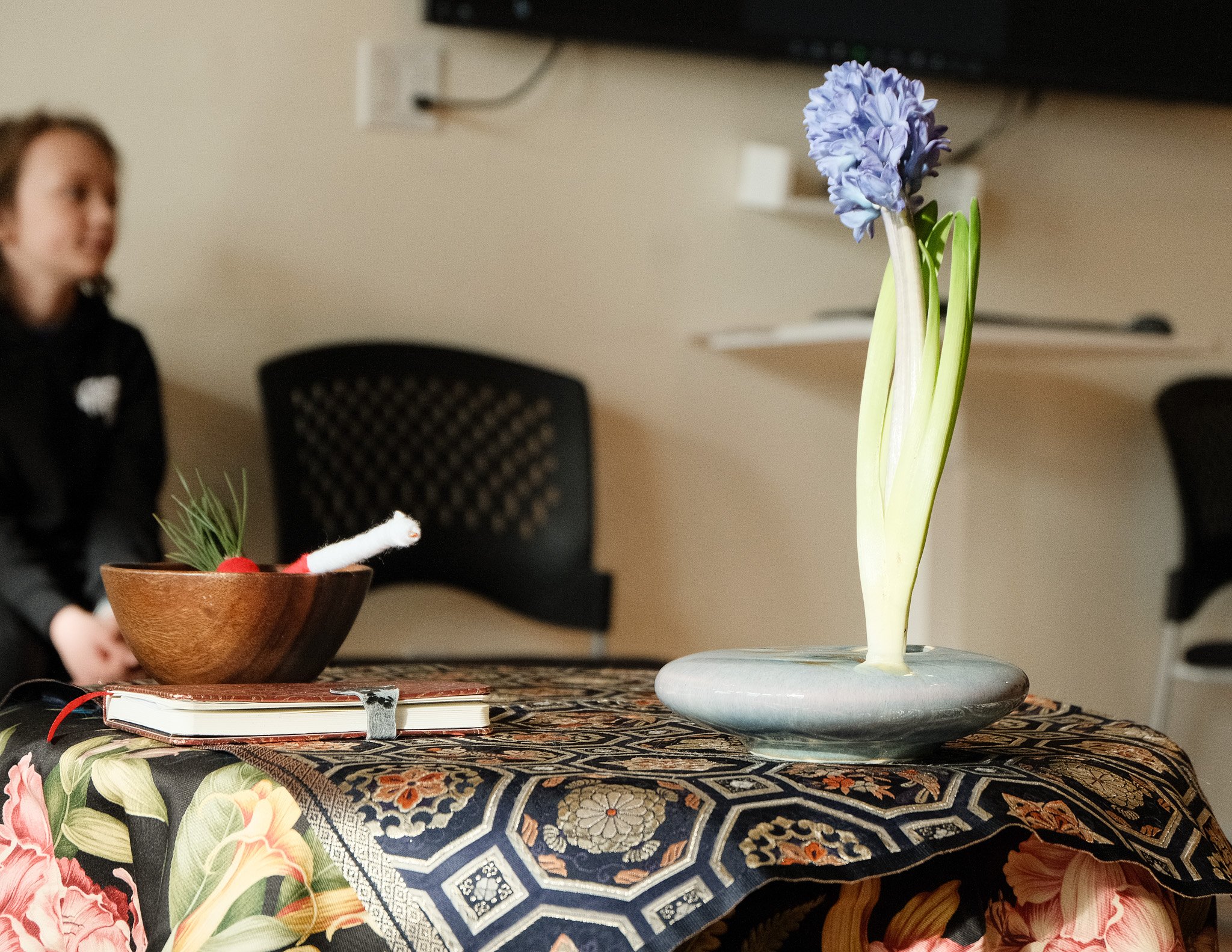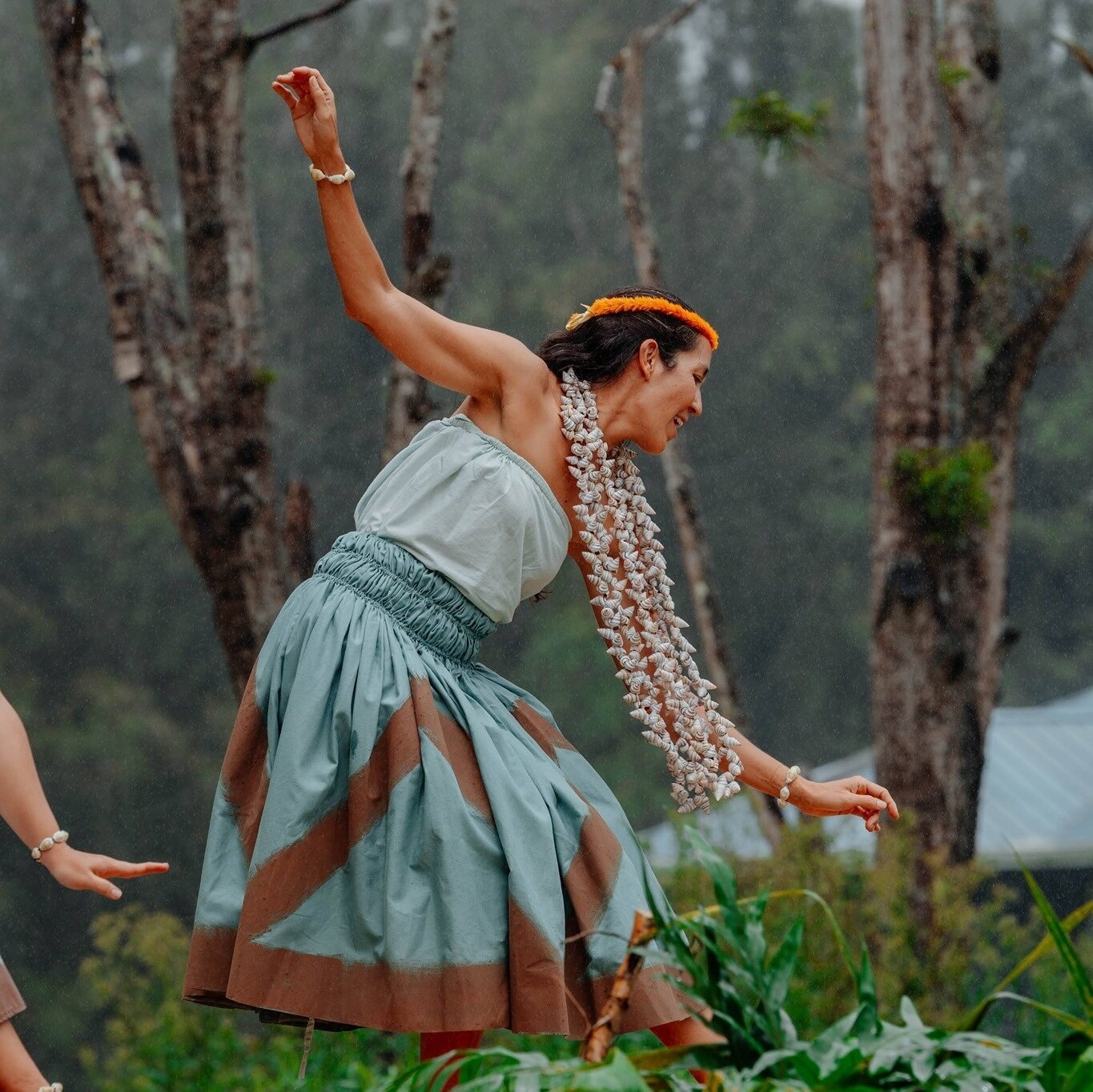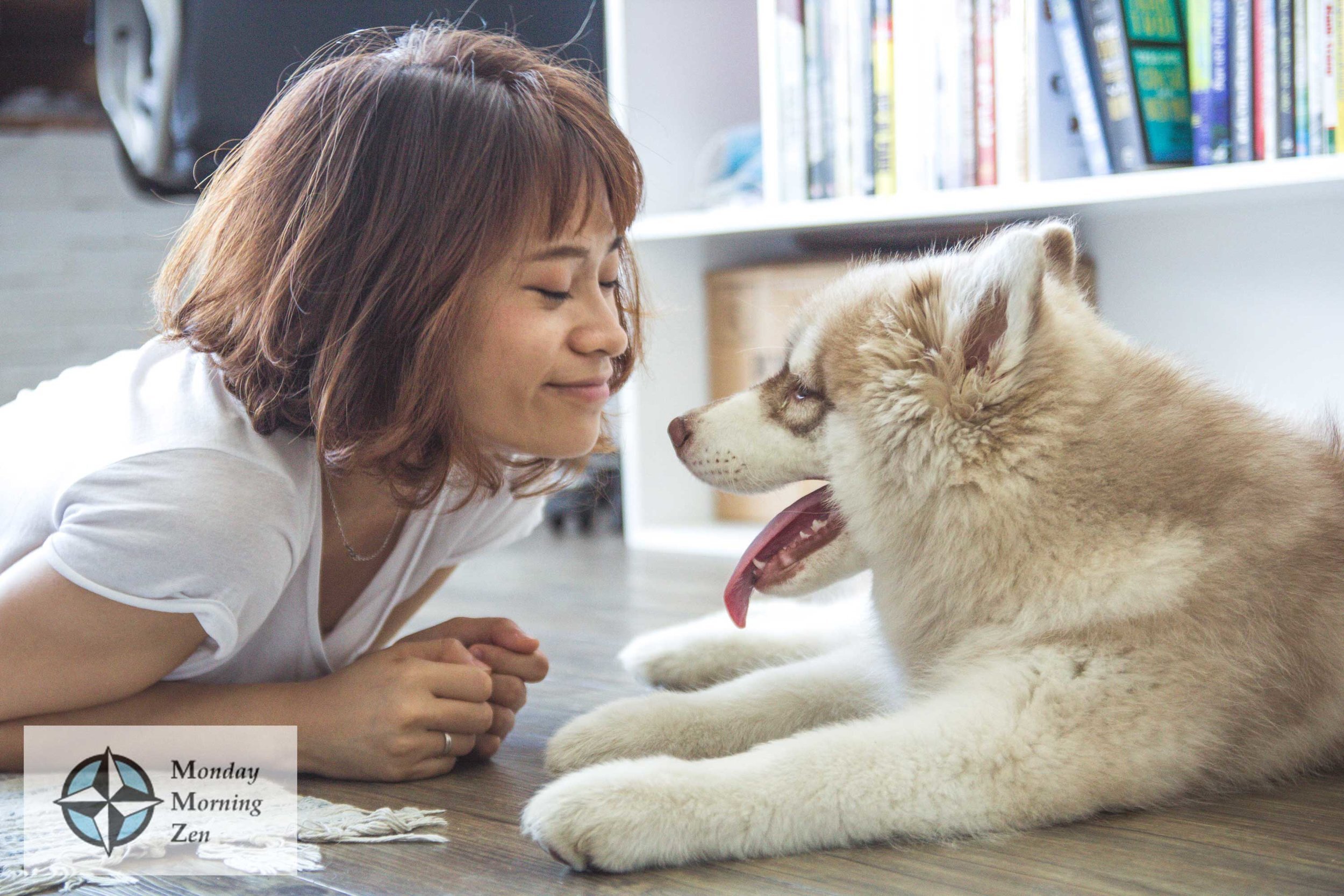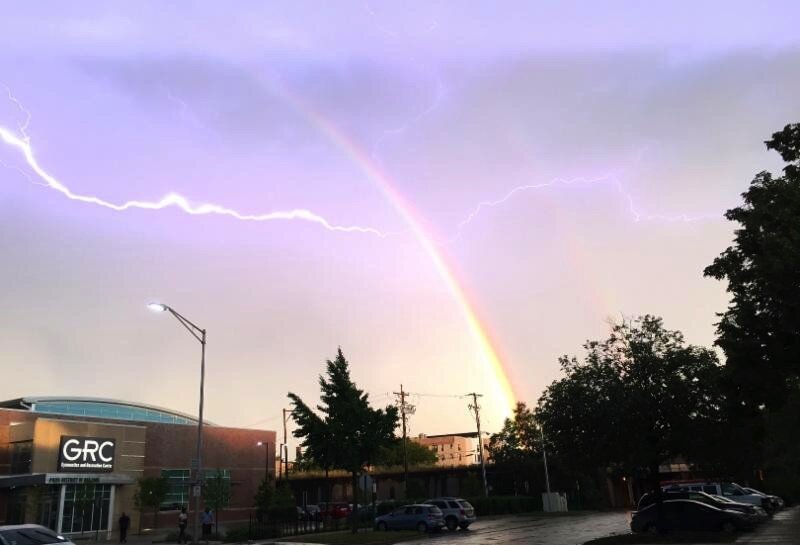
ZenLife Blog

Hula Sutra by Roshi June Ryushin Tanoue
In the middle of the Pacific, 2,500 miles away from the nearest continent, lies a chain of islands called Hawaii. The weather is mild and sunny with trade winds that often keep the humidity in check. Fragrant flowers and salty sea air embrace you. Colors are vivid; mountains are vast. Amidst this beauty, powerful storms and volcanic eruptions occur. Hula and I were born from this rich environment.
My mother told me that at age six, I asked her to take me to hula class. She took me to our local Shingon Buddhist temple where Louise Beamer taught hula to children of many ages. Aunty Louise played her ukulele and sang while we danced. Her instruction was gentle. I was entranced.
Dancers must be in touch with their bodies. We must know where our torso, head, arms, hands, legs, and feet are in time and space. This requires mindfulness and practice. It’s a source of focus and concentration as we learn to tell a story with our bodies.

Staying Connected in the Midst of Conflict
I think that most of us are afraid of conflict because we donʻt know how to work with it wisely. Perhaps, weʻve had unpleasant experiences that have left us confused and irritated. But there are better methods to work with conflict. One of these is outlined in Marshall Rosenbergʻs book. He suggests a language of love in which giving and receiving compassionately is our only motive. Such a language encompasses deep love - respect and empathy for yourself and the other.

It is Recognizing of the Right Thing
How do we cultivate pono? We have to look deeper into the meaning of pono to be able to understand it. Pono means realizing your kuleana (responsibilities) which includes traditional and current protocols or procedures. Then we must follow these procedures with disciplined intention. Pono blossoms when we are mindful and aware of our actions and how they impact others.

